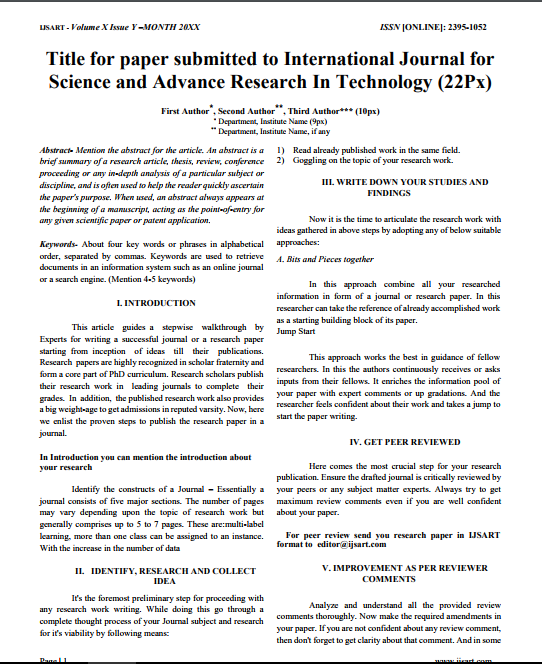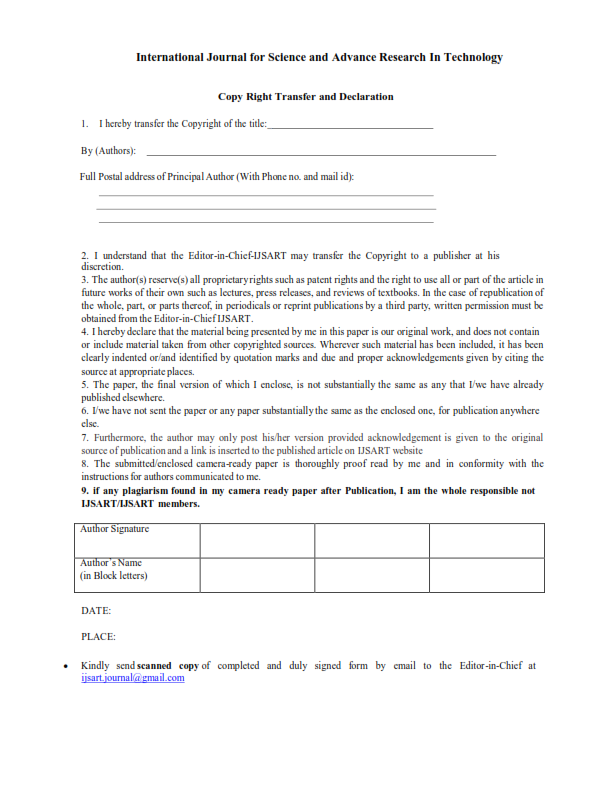RESOURCE ALLOCATION FOR THE USER CENTRIC MIMO-NOMA BASED IOT NETWORKS |
Author(s): |
| J.Kingsly |
Keywords: |
| Internet of Things (IoT), MIMO, NOMA, power allocation, beam forming. |
Abstract |
|
Ultra high reliability and ultra low latency are the key objectives of the internet of things (IoT) with massive connectivity. To support these objectives, we investigate the resource allocation for the user centric multi-cell multiple-input multiple-output non-orthogonal multiple access (MIMO-NOMA) based IoT networks. The macro base station (MBS) equipped with multiple antennas transmits signals to access points (APs) in the backhaul link, and each device can be served by multiple APs in the access link, and the APs serving the same device compose one AP group (APG). The NOMA is applied in each APG to reduce the intra-APG interference. In this paper, the resource allocation problem involving the beam forming optimization and power allocation is formulated as nonconvex optimization problem which is extremely difficult to tackle. In order to reduce the computational complexity, we decompose the resource allocation problem into two subproblems in terms of the beam forming optimization and power allocation. For the beam forming optimization subproblem, the zero-forcing beam forming (ZFBF) algorithm is applied to solve it. When the beam forming strategy is fixed, the power allocation subproblem is still a non convex optimization problem. We first transform it as a difference of two convex functions (DC) problem, and then the DC programming method is adopted to optimize it. Extensive simulation results are presented to demonstrate the effectiveness of the proposed resource allocation scheme for the user-centric MIMO-NOMA IoT networks. |
Other Details |
|
Paper ID: IJSARTV Published in: Volume : 7, Issue : 4 Publication Date: 4/5/2021 |
Article Preview |
|
Download Article |


